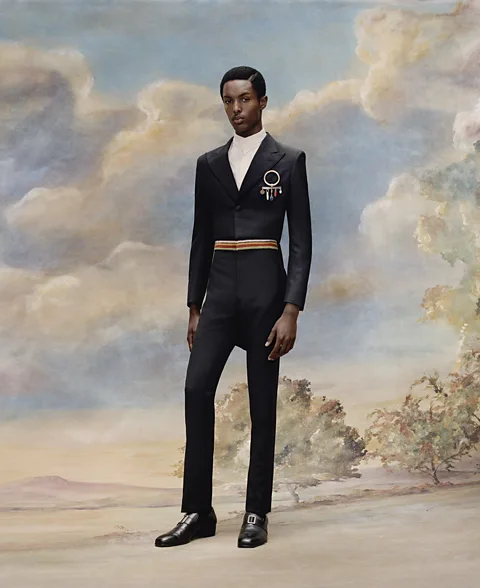The Enduring Influence of Dandyism: Fashion, Identity, and Cultural Expression
Dandyism is far more than a style of dress—it's a movement, a statement, and a lasting form of cultural expression. From its origins in European society to today's vibrant celebrations of individuality, dandyism continues to shape not just how people look, but how they are seen and understood.

What Is Dandyism?
Dandyism refers to a flamboyant, self-conscious approach to fashion and life. Dandies embrace elegance, meticulously crafted appearances, and a distinct sense of refinement. However, their style is more than just aesthetic—it is an assertion of identity, wit, and sometimes resistance. In history and culture, dandyism has both challenged and redefined social boundaries.
Dandyism in Historical Context
Though dandyism is often associated with 19th-century European figures, its roots—and impact—extend much further. In Black communities, dandyism has been a tool of empowerment and resistance, as explored by recent exhibitions at the Metropolitan Museum of Art. Black dandyism, in particular, has helped forge new social paths, subvert stereotypes, and inspire change.
Frederick Douglass, Julius Soubise, and other historic figures modelled dandyism as an embodiment of pride and defiance. Their clothing choices told stories of autonomy and challenged expectations. For a deeper exploration of how Black dandyism shaped history and style, the BBC Culture article offers a nuanced analysis of this tradition's enduring relevance.
Dandyism in Modern Fashion
Today, the spirit of dandyism is alive and well in events like the Met Gala. The theme of the 2025 exhibition, "Superfine: Tailoring Black Style," celebrates the ways Black men have used fashion as both personal expression and cultural commentary. Influencers like André Leon Talley, Colman Domingo, and Pharrell Williams continue to redefine what it means to be a dandy in today's world.
The CBS News coverage of the Met Gala delves into the inspirations behind this year's event, highlighting garments worn by icons such as Frederick Douglass and Prince. The exhibit captures how dandyism, in its many forms, empowers individuals to shape and share their narratives.
Dandyism as Resistance and Reinvention
Dandyism is not just a matter of aesthetics. It is a form of resistance, a way to reclaim visibility, and a tool for community-building. During times of oppression, enslaved people personalized their garments to assert individuality, as described in Monica L. Miller's groundbreaking book "Slaves to Fashion." Dandyism stitched together self-respect and artistry within adversity. The exhibition at the Met draws from these histories, tracing a thread from tailor-made suits of the Harlem Renaissance to the zoot suits that symbolized freedom and pride.
The Legacy and Future of Dandyism
Dandyism is ever-evolving, adapting to cultural shifts while retaining its core values—elegance, wit, and the courage to stand out. Modern designers like Foday Dumbuya infuse dandy traditions with global perspectives, incorporating elements of migration and heritage into their work. Photographers and artists such as Iké Udé continue the conversation, using fashion to explore cosmopolitanism and personal autonomy.
As the New York Times notes, the contemporary resurgence of dandyism points to its timeless relevance. This style is not merely about clothes—it is about creating new spaces for expression and challenging the status quo.
Conclusion: The Enduring Power of Dandyism
Dandyism transcends time and culture, forging new possibilities in fashion and identity. Whether seen in the opulent suits of Harlem's jazz clubs or in the bold statements of the modern Met Gala, it remains a vital expression of creativity and defiance. By embracing dandyism, individuals claim agency over their narratives—one tailored garment at a time.
Curious to learn more? Explore the BBC’s rich feature on black dandyism and CBS’s coverage of this year’s Met Gala, both highlighting this compelling tradition.